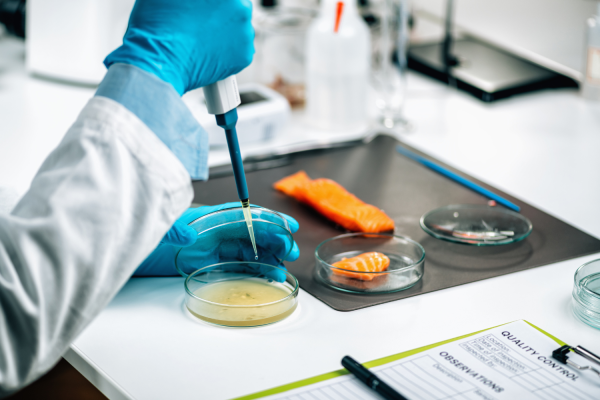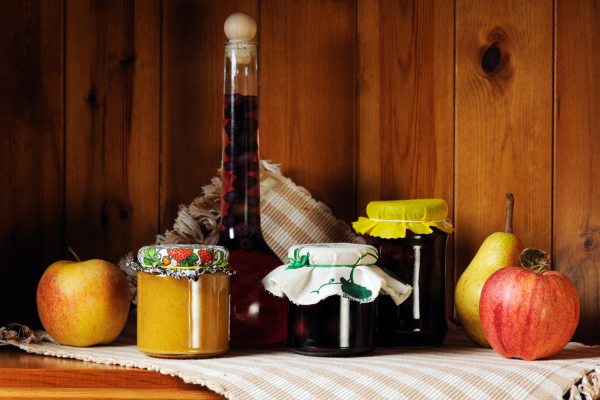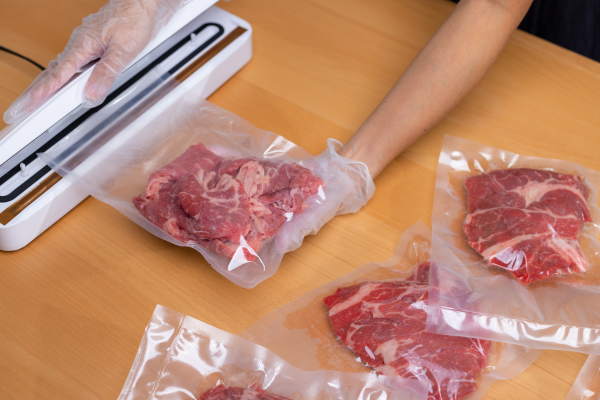
Ensuring the safest food storage temperature is crucial for maintaining the quality and safety of perishable items. Storing food at the correct temperature helps prevent the growth of bacteria, reducing the danger of foodborne illnesses. As a food manufacturer, it's essential to understand the optimal storage temperatures for different types of food, from raw meat to fresh vegetables. This guide will provide tips on how to check and ensure your food is stored safely.
Understanding the danger zone
The 'danger zone' refers to the temperature range between 4°C (40°F) and 60°C (140°F) where bacteria grow rapidly. Storing food within this range for extended periods can lead to spoilage and increase the risk of foodborne illnesses. To ensure food safety, it's important to keep perishable items out of this zone. Use thermometers to monitor the temperature of your refrigerator and freezer regularly.
Storing different types of food
- Meat, poultry, and seafood: These items should be stored in the refrigerator at or below 4°C (40°F). For longer storage, freeze them at -18°C (0°F). Ensure they are stored in clean, airtight containers to maintain quality and prevent freezer burn.
- Eggs: Store eggs in their original carton in the refrigerator. Avoid storing them in the door, where the temperature can fluctuate.
- Dairy products: Keep dairy products in the coldest part of the refrigerator, typically the bottom shelf.
- Fruits and vegetables: Most fruits and vegetables should be stored in the refrigerator to extend their shelf-life. However, some items like potatoes, onions, and tomatoes should be stored at room temperature.
Tips for safe food storage
- Cool leftovers promptly: After cooking, cool leftovers quickly to reduce the time they spend in the danger zone. Divide large amounts of leftovers into smaller containers to speed up the cooling process.
- Thaw food safely: Thaw frozen food in the refrigerator, under cold water, or in the microwave. Never thaw at room temperature.
- Check storage temperatures regularly: Use thermometers to monitor the temperature of your refrigerator and freezer. Ensure they are functioning correctly and maintaining the safest temperatures for storing food.
- Clean your refrigerator: Regularly clean your refrigerator to remove any spills or residue that can harbor bacteria. Check the content of your refrigerator weekly and discard any spoiled or expired items.
The role of natural antimicrobials
In addition to proper storage temperatures, natural antimicrobials can enhance food safety. Galactic offers a range of natural, fermentation-based ingredients that help combat bacteria and extend the shelf-life of various food products. These solutions are particularly effective in meat, dairy, and plant-based foods, ensuring that your products remain safe and fresh for longer.
Maintaining the correct food storage temperature is vital for ensuring the safety and quality of your products. By following these tips and utilizing natural antimicrobial solutions, you can reduce the risk of foodborne illnesses and extend the shelf-life of your food items. Prioritize food safety in your operations to build trust with your customers.
Ready to enhance your food safety measures? Contact Galactic today to learn more about our natural antimicrobial solutions and how they can benefit your food manufacturing process.

Still have questions?
Can’t find the answer you’re looking for?
Contact us for expert advice and support!










